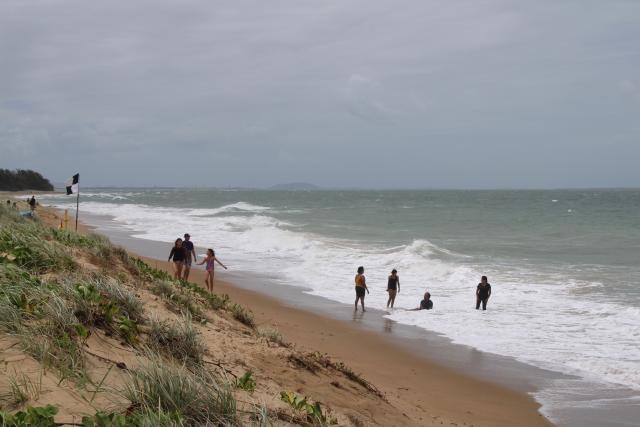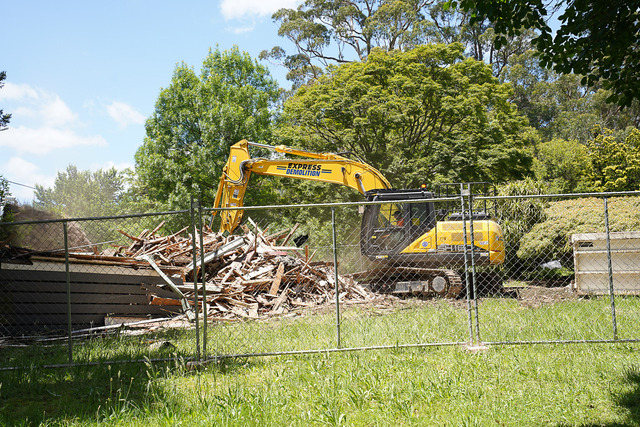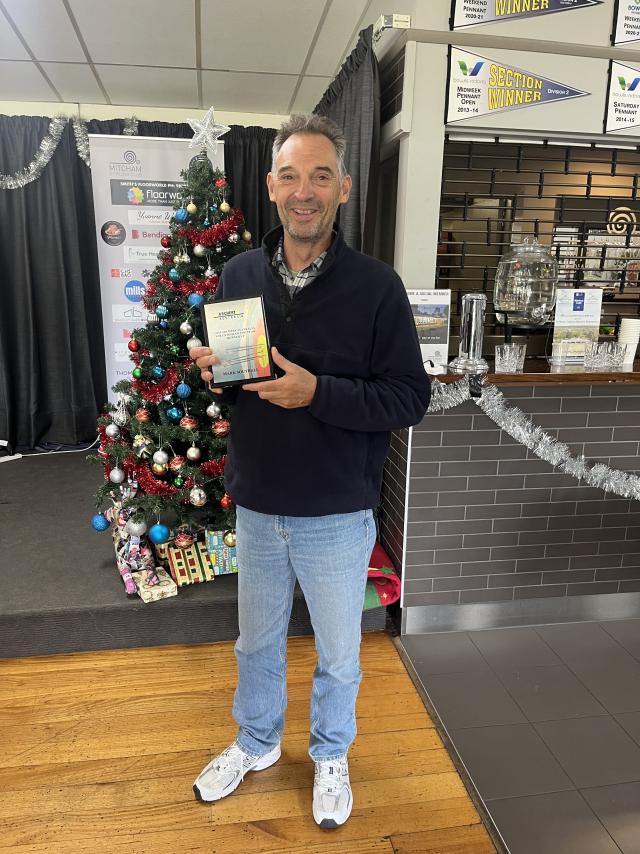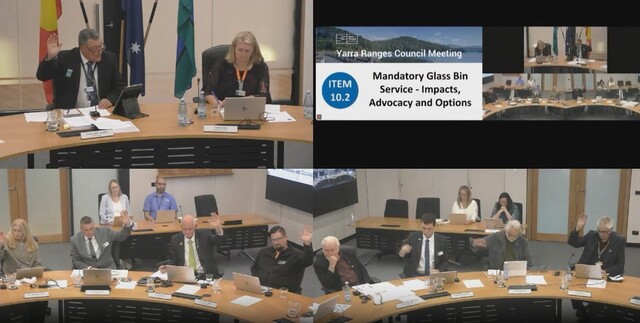Life Saving Victoria (LSV) is warning people to be wary of unexpected risks around water, as data reveals swimming, paddling, or wading as the most common activities preceding drowning in the month of February.
This comes as 33 people have already drowned in Victoria from 1 July 2022 to 1 February 2023, including 13 since Christmas Day, representing the highest holiday drowning figures in 18 years.
LSV manager research and evaluation Dr Hannah Calverley warned Victorians eager to enjoy the last of the summer weather by flocking to waterways to stop and think about their own abilities before rushing into the water.
“Victoria has stunning waterways and it is understandable people are eager to enjoy them, but we ask you to stop and think before rushing in and make safe decisions in, on and around water,” Dr Calverley said.
“Inland waterways are particularly risky, with almost half of the 33 reported fatal drownings this year occurring in inland waterways, so it is really important to remember that just because a waterway looks flat or calm, does not mean there is no danger.
“Rivers, creeks and dams can have hidden dangers lurking beneath the surface such as currents, sudden drop offs, slippery edges or debris, so even if you are just paddling or wading you could very quickly find yourself out of your depth and in trouble.
“This is why we urge people to check your skill level against the water conditions and whether you have the ability to swim there. If you do decide to get in the water enter feet first and slowly, read signage to familiarise yourself with risks and if in doubt, don’t go out.”
Dr Calverley also reminded swimmers, paddlers and waders of the potential hazards at coastal waterways.
“It’s a common misconception that sharks are the biggest risk at Australian waterways, when it is actually rips,” she said.
“Rips are the number one hazard on the Australian coast, and can overcome even the strongest swimmer.
“This is why even confident swimmers should go to a patrolled location and swim between the red and yellow flags, where lifesavers can keep an eye on you and potential aquatic risks.”
To find your nearest patrolled location, head to beachsafe.org.au.







